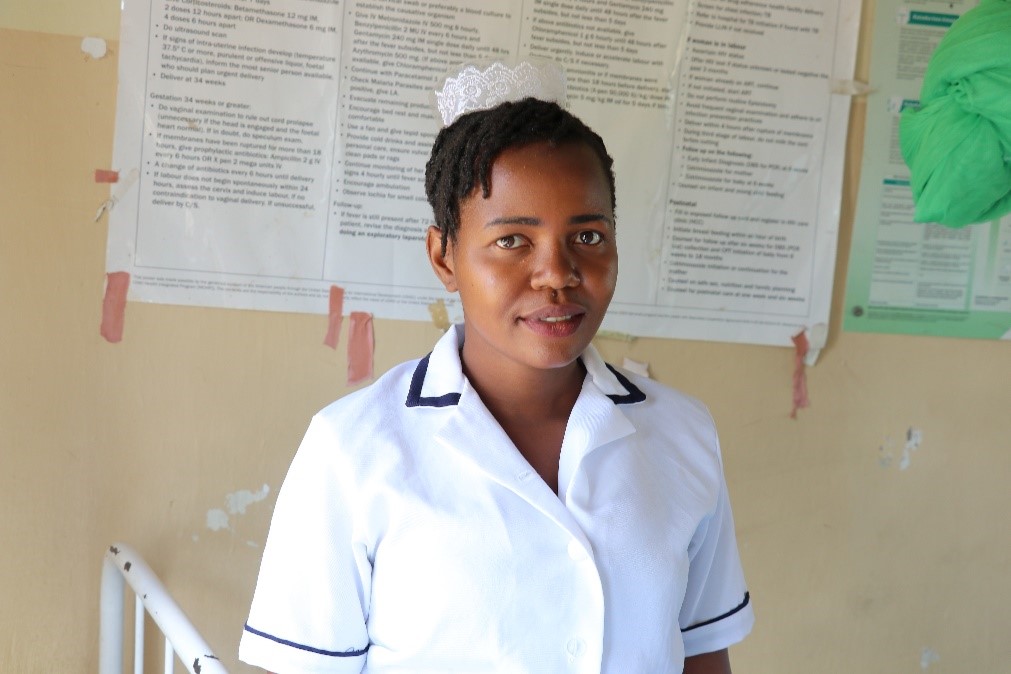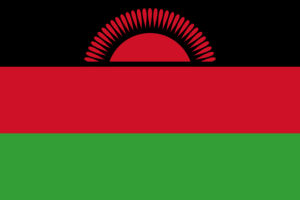Country Snapshot: Malawi

The U.S. President’s Emergency Plan for AIDS Relief (PEPFAR) has recognized Malawi as one of 13 high-burden countries that has the potential to achieve HIV/AIDS epidemic control by 2020. In response, the Malawi Ministry of Health rolled out Test and Start (to ensure that patients begin on antiretroviral therapy, or ART, immediately after an HIV-positive diagnosis) and committed to achieve PEPFAR’s 90-90-90 goals. By 2020, 90% will know their HIV status, 90% of all people with diagnosed HIV infection will receive sustained ART, and 90% of all people receiving ART will have viral suppression. However, an acute shortage of critical health workers is a major constraint to the achievement of these objectives. With only 28 nurses and two physicians per 100,000 people, Malawi is among the 57 countries with a human resources for health (HRH) crisis.
HRH2030 in Malawi
With support from PEPFAR, USAID’s HRH2030 program is working in Malawi to address Malawi’s central-level health systems bottlenecks that impede effective HRH planning, forecasting, training, recruitment, deployment, retention, and data generation and use. Through the Malawi activity, HRH2030 is also enhancing the country’s workforce by supporting the Ministry of Health to recruit and deploy additional frontline health workers at PEPFAR priority service delivery points. This includes strengthening the ability of the Christian Health Association of Malawi, the largest non-governmental health care provider in Malawi, to better manage HRH services. Additionally, HRH2030 is collaborating with key cross-cutting stakeholders to develop a transition plan for transferring health workers from PEPFAR to Malawian government support for long-term sustainability.
Related News & Resources
Supporting Mental Health Resilience of Malawi’s Health Workforce Using an AI-powered Chatbot
Health workers are faced with increased workload and many also face additional challenges, such as harassment and stigma in their communities due to the fear of the disease.
Standardizing Health Care Worker Lay Cadres Begins in Malawi
As Malawi nears HIV epidemic control, standardizing the roles and responsibilities for health care workers at the community and facility levels is a key step in maximizing the country’s HIV efforts.
Webinar: Six Years in 60 Minutes: Learning from the HRH2030 Program
Held on May 18, 2021, this 60-minute live, virtual event included both live and recorded guests, as well as moderated discussions on building, managing, and optimizing the health workforce for improved health outcomes.






 Malawi
Malawi